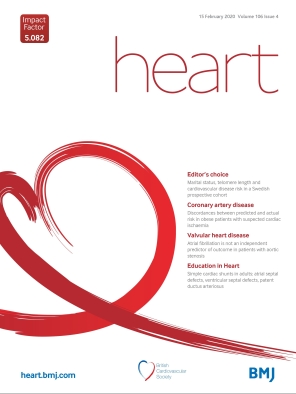As more and more Americans move south, Lake Wylie, a suburb of Charlotte, has tripled in size. Now, the town is saying no more. WSJ’s Valerie Bauerlein explains.
 LAKE WYLIE, S.C.—This lakefront suburb of Charlotte, N.C., is among the Sunbelt’s strongest magnets for young families.
LAKE WYLIE, S.C.—This lakefront suburb of Charlotte, N.C., is among the Sunbelt’s strongest magnets for young families.
Since 2000, Lake Wylie has tripled in population to 12,000 on the strength of its good schools, low taxes and proximity to Charlotte’s jobs in the financial and technology sectors. But those schools are filling up, the water system frequently fails under increased demand and 20-mile commutes are stretching to 90 minutes.
Now, the town that grew too fast wants to stop growth.






 On this week’s show, Staff Writer Jennifer Couzin-Frankel joins host Sarah Crespi to talk about
On this week’s show, Staff Writer Jennifer Couzin-Frankel joins host Sarah Crespi to talk about 
 The Gearbox Automatic has created quite a buzz in the audio world, a plug & play turntable that plugs a gap in the portable turntable sector. It features high-quality components, meaning the sound is astonishing for its price class. This you would expect from Gearbox of course, but it also does things no other turntable has ever done before.
The Gearbox Automatic has created quite a buzz in the audio world, a plug & play turntable that plugs a gap in the portable turntable sector. It features high-quality components, meaning the sound is astonishing for its price class. This you would expect from Gearbox of course, but it also does things no other turntable has ever done before.

 The hope, Lee says, is that ultrasound will kill cancer cells in a specific way that will also engage the immune system and arouse it to attack any cancer cells remaining after the treatment.
The hope, Lee says, is that ultrasound will kill cancer cells in a specific way that will also engage the immune system and arouse it to attack any cancer cells remaining after the treatment. Ultrasound waves—sound waves with frequencies higher than humans can hear—have been used as a cancer treatment before, albeit in a broad-brush approach: high-intensity bursts of ultrasound can heat up tissue, killing cancer and normal cells in a target area. Now, scientists and engineers are exploring the use of low-intensity pulsed ultrasound (LIPUS) in an effort to create a more selective treatment.
Ultrasound waves—sound waves with frequencies higher than humans can hear—have been used as a cancer treatment before, albeit in a broad-brush approach: high-intensity bursts of ultrasound can heat up tissue, killing cancer and normal cells in a target area. Now, scientists and engineers are exploring the use of low-intensity pulsed ultrasound (LIPUS) in an effort to create a more selective treatment.




 The intake of marine omega-3s has consistently been found to have antiarrhythmic effects. When marine omega-3s are consumed, there is an increase in cellular membrane fluidity, inhibition of L-type calcium channels and a reduction in the chance of arrhythmic events during susceptible times. Prospective data suggest that maintaining an omega-3 index of about 8%, which requires consuming seafood rich in omega-3 up to five times per week or consuming over 3 g of EPA and DHA per day, may provide the greatest protection against arrhythmic events.
The intake of marine omega-3s has consistently been found to have antiarrhythmic effects. When marine omega-3s are consumed, there is an increase in cellular membrane fluidity, inhibition of L-type calcium channels and a reduction in the chance of arrhythmic events during susceptible times. Prospective data suggest that maintaining an omega-3 index of about 8%, which requires consuming seafood rich in omega-3 up to five times per week or consuming over 3 g of EPA and DHA per day, may provide the greatest protection against arrhythmic events.
 He was the real thing, the last of the great middle-European intellectual journeyers, one with Benjamin and Cioran and the other exiles, for whom books were the one constant country and reading them a matter of life and death. With him gone, we can only reread his writing, determined to honor the intensity of his commitment by intensifying our own.
He was the real thing, the last of the great middle-European intellectual journeyers, one with Benjamin and Cioran and the other exiles, for whom books were the one constant country and reading them a matter of life and death. With him gone, we can only reread his writing, determined to honor the intensity of his commitment by intensifying our own.